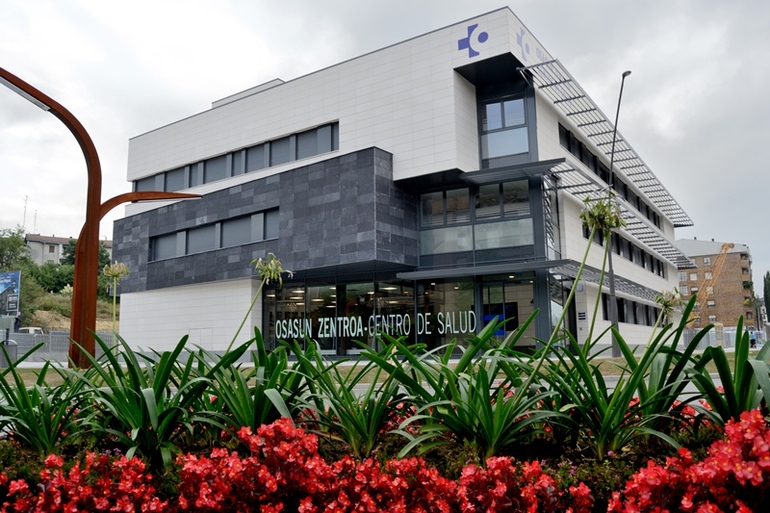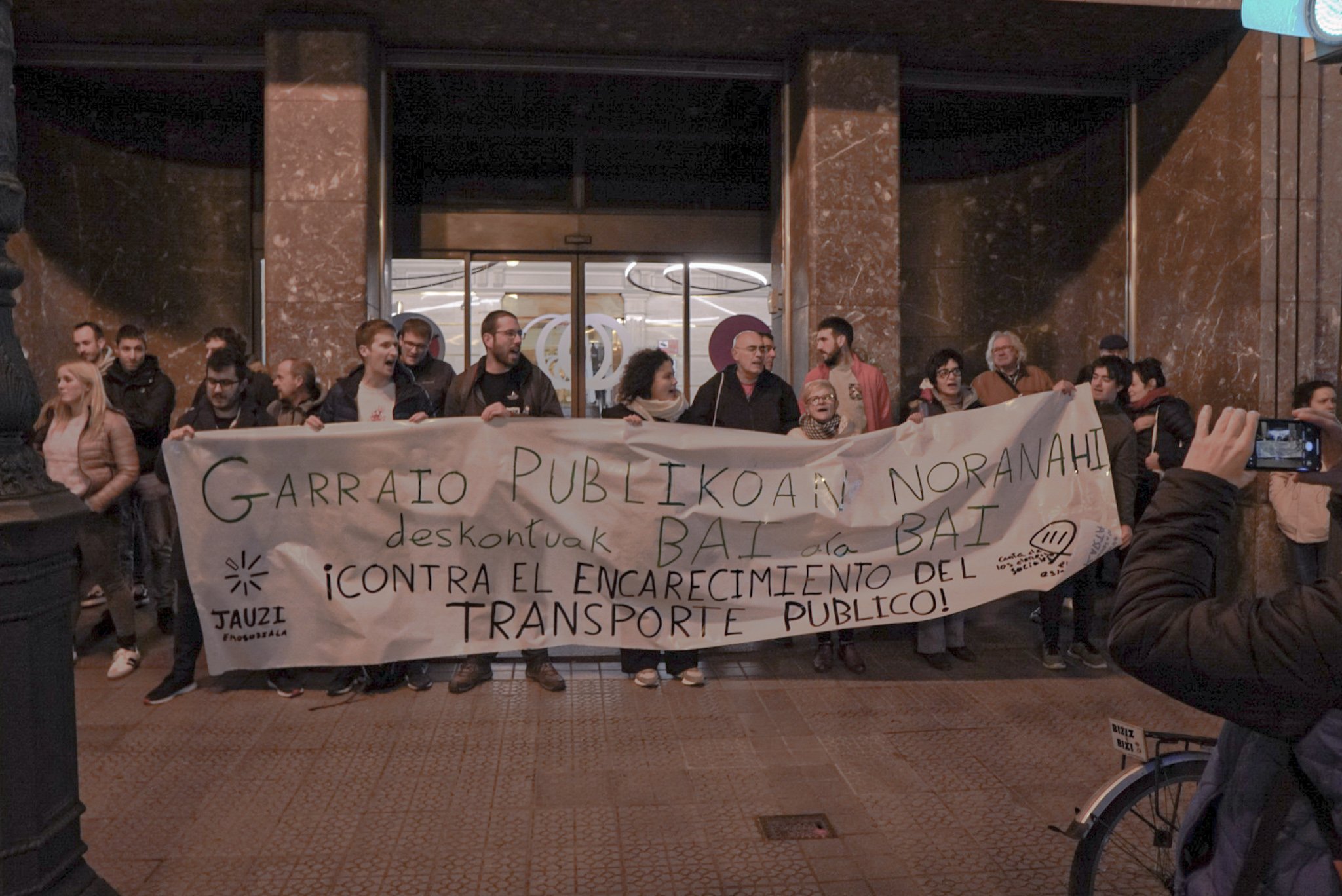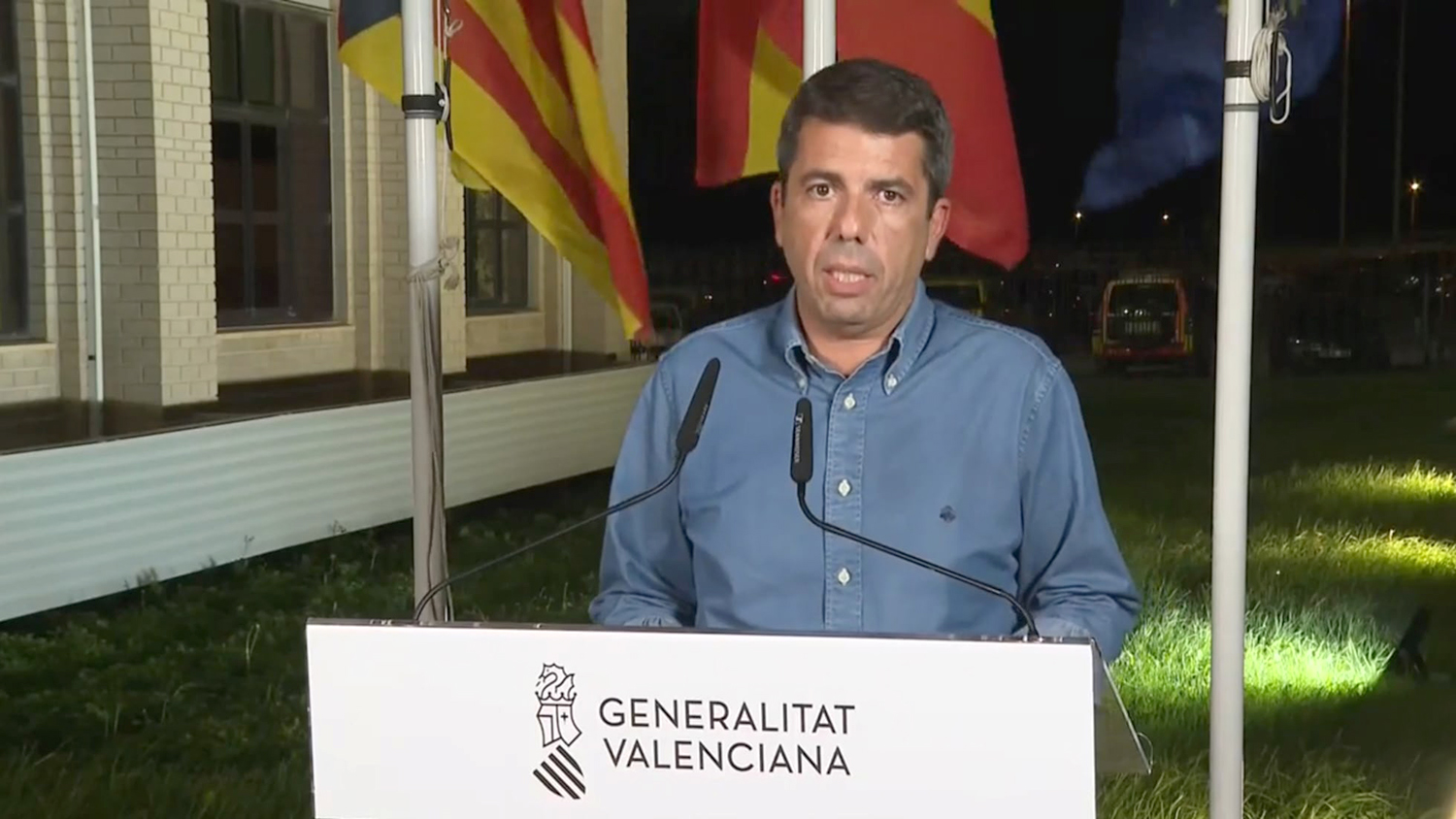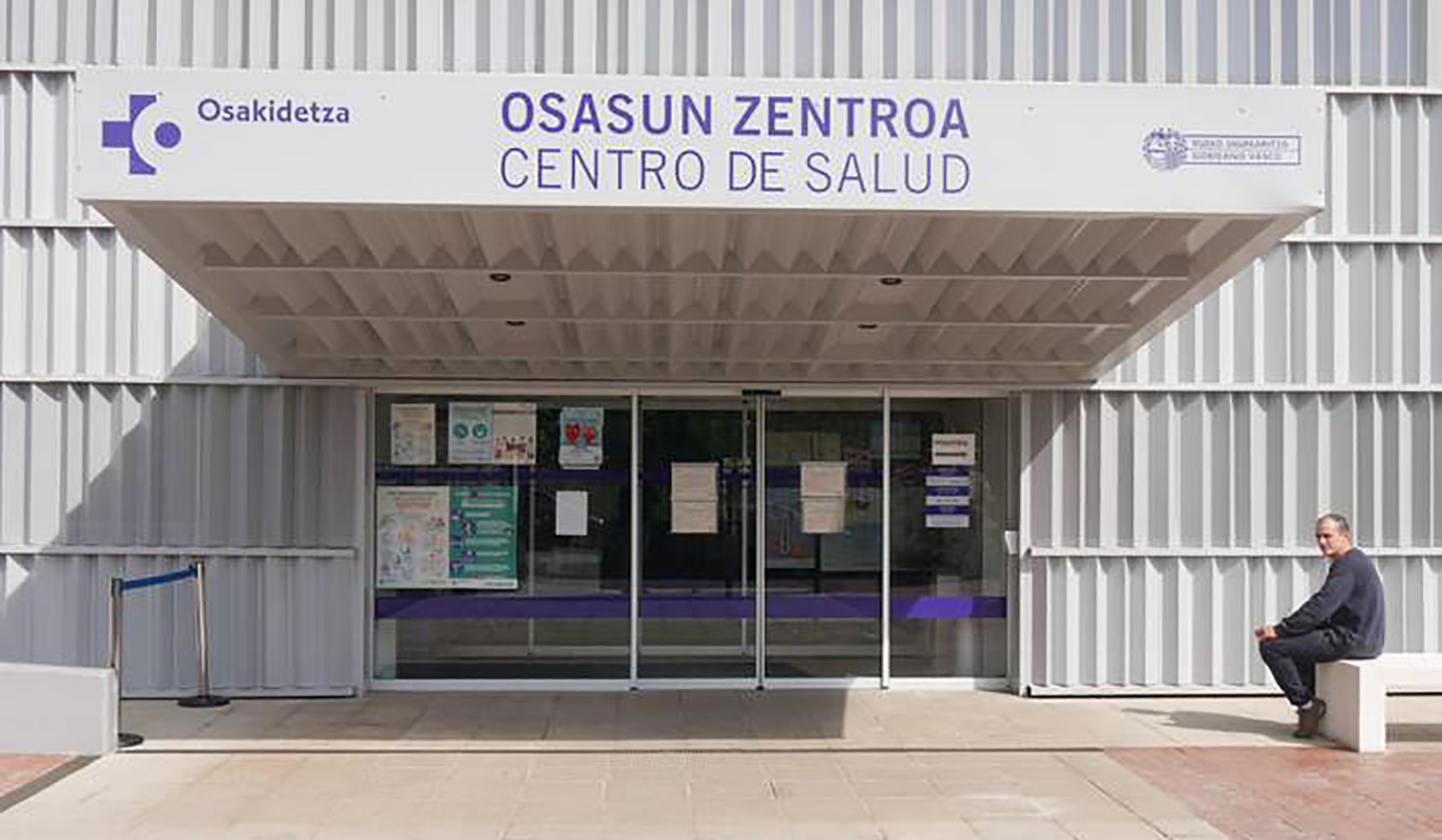Unexploded but drowned prey
- The City of Aoiz is in serious financial difficulties to have a population of 2,600 inhabitants due to the legacy of the previous authorities. The fourth of the regions most hit by the crisis in the Basque Country cannot swallow all the bad tragedies of the Itoiz swamp.
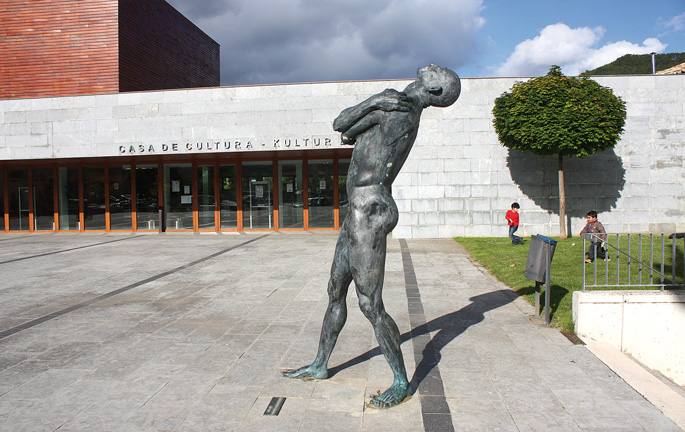
"Oh, mother, where have we gotten in? ", thought the mayor of Aoiz, Unai Lako, when he took office in 2011, when he began to review the accounts of the former municipal government and saw the hole.
Bildu reversed the trend of the last two decades and overthrew the Aoiz Independent Group (AIA), supported by UPN in the 2011 municipal elections. The newcomers to the Casa Consistorial suspected that the platform he owned and master of the villa since 1991 had not used the public portfolio responsibly, but the most pessimistic calculations fell short. “Then we saw the disaster here. Not just because the hole was big, but because of how it worked. Everything was absolutely abandoned.”
Recite the inherited zero lot: More than 65,000 euros unpaid in Euskera; more than 315,000 euros of debt for water supply works with the construction company Arian; 8,000 euros unpaid to the company Focsa for cleaning the festivities of 2010... The leave even reaches small numbers: “Some of them are nonsense, but of great importance: we paid every year the insurance of two cars that we took to the scrap yard four years ago; we had two contracts with Iberdrola from a building that had been demolished seven or eight years; and we also have community orchards and in four years the quotas did not pass.”
Ados, the result is a debt of almost EUR 400,000 in a village of 2,600 inhabitants. If we were faced with a current mismanagement, that number would have occupied some incumbent and would not be much more than counting. But here are still a lot of numbers.
Housing, spa centre and a loan
In addition to leaving the Aoiz pot undusted, the previous authorities chained the City Hall with an iron ball for several years, demanding a loan of 726,000 euros. This money was requested to finance a new urbanization, as the construction company foresaw revenues close to 800,000 euros at the end of the operation. They wanted to borrow, build homes during the time of the shortage, receive the money and get rid of it before the credit started. A mirage, taking into account that they are the 2009 accounts.
“What happened? That the homes were not built, that in 2010 the period of deprivation passed and that we had to start paying the credit six months after we arrived at the City Hall,” Lakua explained. The money that was not used to build the houses was spent on the village's other great project, the spa, in the thermal water center.
Before continuing, the mayor of Aoiz has specified that the AIA party linked the loan to the Banco Santander and that the then mayor, Francisco José Enguita, is the employee of this bank. Another comment on the construction of the spa centre: “In fact, this had to be built for free, as compensation for the construction of the Itoiz swamp, which had to be paid by the Ebro Hydrographic Confederation. But in 2009, with the crisis, they said they wouldn’t pay everything.”
The accommodation of quiet bathrooms is not expensive only for the loan, the maintenance also requires a big pocket. Although the bank did not start asking for money, it generated a deficit of 213,000 euros, that is, in 2010 69% of the taxes paid by the aoiz to the City Hall were transformed into steam in hot pools.
The Government of Navarra owes money
Debt and loan, therefore. Something else? Well, yeah, look, there's a drawer left to open it, full of unpaid money. On 21 March the City of Aoiz reported to the press that the Government of Navarra owes it more than EUR 700,000 per year. This is the third component of the perfect financial storm that this country is experiencing.
Last April, the subject was transferred to the Parliament of Navarre. Many of the parties that the Foral Government was going to give to the municipalities have not arrived in the middle of 2013. This year they have not received a euro to set up children's schools from 0 to 3 years old and do not expect to be able to take them until the new course begins. By then, the City of Aoiz will have EUR 220,000 in advance so that this public transport service will not be interrupted. With social services: The Social Services Community of Izaga, which brings together more than Aoiz, has advanced almost EUR 100,000 and there is no funding agreement yet.
More: after spending, Barcina’s executive has left some works without money. The Government of Navarra owes the municipalities of 154,000 euros for the basic water supply works from Itoiz to Aoiz, Lónguida, Lumbier and Urraúl Bajo; the Itoiz-Canal de Navarra Foundation, associated with the Ebro Hydrographic Confederation, budgeted in 2011 130,000 euros for the Aoiz for the reform of two streets. The streets have been reformed and the works have been introduced by the government, the promised salaries are not seen at all. Debt: The government should pay Aoiz EUR 60,000 for the return of VAT in 2012, and a further EUR 240,000 for 2008 and 2009, the year in which the spa centre was built.
City councils are the “corrupt bank”
After receiving small subsidies, Lakua explained that at the end of May the foreign executive’s debt stood at EUR 650,000. “Imagine what it is for us, with that money we would pay salaries for a whole year, social security and all.” The name of the person who can solve the problem is also highlighted: José Javier Esparza, mayor of Aoiz between 1999 and 2007 and now counselor of Rural Development, Environment and Local Administration of the Government of Navarra. “He has a good opportunity to solve the problem he has created himself.”
The branches of the case reach Pamplona, as the debt account has another reading: The Government of Navarra considers that it fulfils the deficit objective required by the Government of Spain for the autonomous communities, which is 1.47% in the Foral Community. But given that it also has debt to Aoiz with other municipalities, one can ask to what extent this deficit calculation is not distorted.
“It’s probably double,” says the mayor of Aoiz. He also denounced it in the parliamentary session and repeated the comparison that was made at the time: “We are a bank for the Government of Navarra. The famous ‘corrupt bank’. The Government of Navarra says: ‘You advance all the money that I cannot pay at the moment, plus your share; you send it all justified for me to give you the subsidy, of course; and I, when I can, will pay it’.
Itoiz's swamp is to blame
We get down to the street and the picture isn't better. According to data from Gaindegia, Agoitzaldea is the fourth region in the Basque Country most affected by the crisis. Unemployment stood at 303 in May, at a rate of 17%. In six years, so many other factories have been closed and several of those in operation are doing so with the Employment Regulation Dossier.
Aoiz Bizirik came up with the intention of dealing with that! People's movement. Among the members of this group is Pello Lusarreta, while David Ardanaz belongs to the committee of those affected by the mortgage under Amparo de Aragón. To explain the situation of Aoiz, in addition to the economic crisis and the mismanagement of the right, they have pointed to the swamp of Itoiz, whose construction has conditioned almost everything since it was made public.
The Navarre authorities considered it essential that the City of Aoiz, governed by the forces working for this gigantic project, according to Lusarreta. To this end, José Manuel Gárriz created the AIA platform in 1991. To win the battle of public opinion, they sang at the four winds the compensations that the people would receive for the construction of the swamp: the spa center, the pools, the house of culture, the sports facilities…
"It seemed that infrastructure was sacred. We were full of complexes. If they make you a house of culture, how can you say no?” says Ardanaz. Only in the long term has it been possible, according to Lusarreta, to disarm a vision that automatically links infrastructure and well-being, as compensation has become an additional burden: “They cannot be maintained.”
Employment, millions and other deceptions
Public investments for the establishment of companies in the region have not helped much. Gamesa raised 5.6 million euros and only 35 out of 170 employees are from Aoiz. A further EUR 20 million was invested to bring Cener to Aoiz, which investigates the field of biofuels. “It gives a very wrong picture of the people,” says Lusarreta. “Lees ‘In Aoiz I don’t know how many millions have been invested in Cener’ and it seems that it can be positive for development, but it is the only person in the people who works there.”
And progress, where is it? The newspapers of the day before yesterday are full of headlines, promises and declarations that seem very long ago. “Gamesa will generate 440 jobs at the windmill plant in Aoiz” (News Journal, 2008-V-14); “We will have to rely on external staff and improve the road” (said by former Mayor Francisco José Enguita, Diario de Navarra, 2008-V-14); “If we have to make two roads to Aoiz, they will be built. And there are three needs” (News Journal, News Journal, 2008-V-14); “Itoiz’s hydroelectric power will generate an energy equivalent to 33,000 tons of oil each year” (News Journal, 2009-III-03); “The new power plant under the Itoiz dam can generate 7 million euros a year” (Diario de Navarra, 2009-III-3).
In smaller letters, the letter written last year by former right-wing mayor José Manuel Gárriz of Diario de Noticias was published. He denounced under the headline “Agoraid-Itoiz, deceit”, that several of the issues entrusted to the people, such as free light, have disappeared from the agenda after the implementation of the reservoir. “We are living under pressure every day under a wall of 100 meters high. If there is ever a disaster, who will it kill? Political gentlemen, judges, Navarros friends, do you think this is fair? Always pushing the poor and the small, it's enough. In the end, after so many years of suffering, I was annoyed to have to give reason to those who said that Itoiz was deceived.”
But they were right. Itoiz is not viable. A study by physicist Charo Brinquis at the University of Zaragoza has shown that the recovery of the money invested in the construction of the reservoir will be 27% in 30 years. Meanwhile, the hydroelectric power plant under the dam has made profits of EUR 13 million in three years and none of the pennies for the surrounding peoples. The main welfare received by citizens from Itoiz is the economic activity generated in the municipality during the construction of the reservoir. And once the marsh is over, no one has ever drunk a drop of that jet.
Working and living in Aoiz
“And the story could be repeated when they build the High Speed Train, if we don’t stop it. Corrupt construction companies and politicians are enriched with the excuse of public works. We have no other solution. That’s why we want to appeal to the organization from Aoiz.” These words, which seem to be epilogues of this novel, are from a statement, read at the end of the walk that Agoitzaldea Bizirik made in March of this year to Pamplona.
Now, they reject the policies that have thrown the people and the region into the wells and look for other kinds of solutions. The day we approached to find material for this report they organized a talk about energy sovereignty; seeing how the City Hall’s accounts are, some citizens have begun to fix and fix the corners of the town – the first boom they planned to do by 2012 – talk about self-employment, about distributing the existing jobs among as many people as possible, as you have not heard for some time that a new company will open a plant in the town.
In the face of the social emergency, it has also been created in the Citizen Network, with the vocation of being the meeting point of the aoiz. Food bank, clothing exchange, meeting place, they are doing everything in the place they have set up in the City Hall. The need commands. Aoiz suffocates, like other peoples, regions and states that have been trapped by the outbreak of the bubble. But it has changed course, rather than drifting. What happened in this small town of Navarra, what lessons will it give to the other authorities of Euskal Herria that cannot be removed from the veins of the dependence on cement?
Pazienteek Donostiara joan behar dute arreta jasotzeko. Osasun Bidasoa plataforma herritarrak salatu du itxierak “are gehiago hondatuko” duela eskualdeko osasun publikoa.
PPrekin eta EH Bildurekin negoziazioetan porrot egin ondoren etorri da Ahal Dugurekin adostutako akordioa. Indar politiko honek aitortu duenez, maximalismoak atzean utzi eta errealitateari heldu diote, errenta baxueneko herritarren aldeko akordioa lortuta.









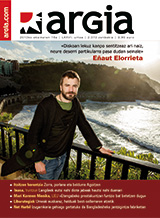

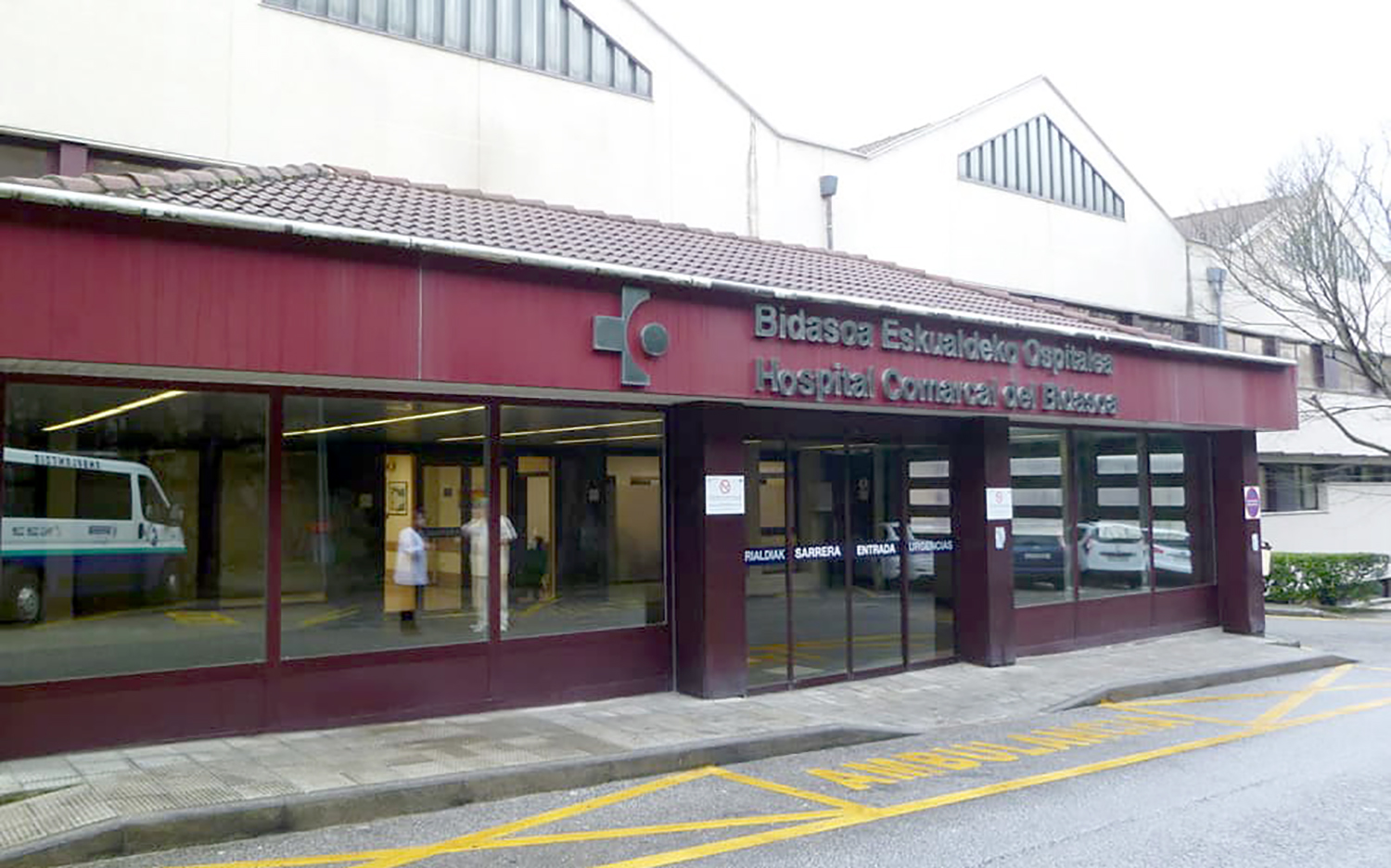
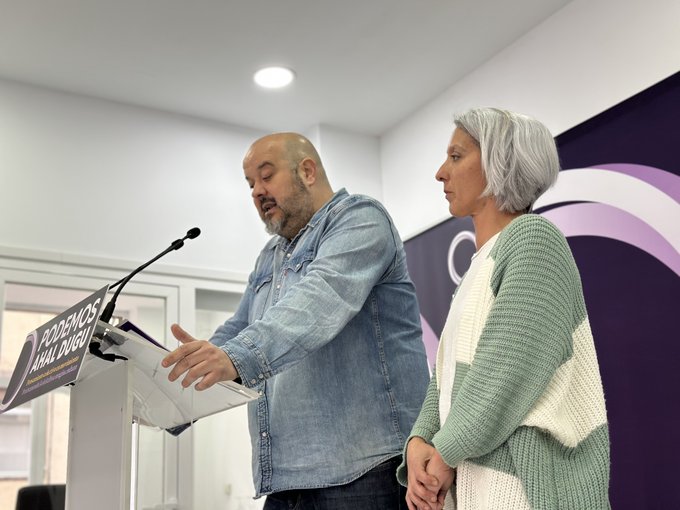

.jpg)

